Java Reference
In-Depth Information
•Multi-
catch
(p. 449) enables you to catch multiple exception types in a single
catch
handler and
perform the same task for each type of exception. The syntax for a multi-
catch
is:
catch
(
Ty p e 1
|
Ty p e 2
|
Ty p e 3
e)
• Each exception type is separated from the next with a vertical bar (
|
).
• If an exception occurs in a
try
block, the
try
block terminates immediately and program control
transfers to the first
catch
block with a parameter type that matches the thrown exception's type.
• After an exception is handled, program control does not return to the throw point, because the
try
block has expired. This is known as the termination model of exception handling (p. 449).
• If there are multiple matching
catch
blocks when an exception occurs, only the first is executed.
•A
throws
clause (p. 450) specifies a comma-separated list of exceptions that the method might
throw, and appears after the method's parameter list and before the method body.
Section 11.4 When to Use Exception Handling
• Exception handling processes synchronous errors (p. 451), which occur when a statement executes.
• Exception handling is not designed to process problems associated with asynchronous events
(p. 451), which occur in parallel with, and independent of, the program's flow of control.
Section 11.5 Java Exception Hierarchy
• All Java exception classes inherit directly or indirectly from class
Exception
.
• Programmers can extend the Java exception hierarchy with their own exception classes.
• Class
Throwable
is the superclass of class
Exception
and is therefore also the superclass of all ex-
ceptions. Only
Throwable
objects can be used with the exception-handling mechanism.
• Class
Throwable
(p. 451) has two subclasses:
Exception
and
Error
.
• Class
Exception
and its subclasses represent problems that could occur in a Java program and be
caught by the application.
• Class
Error
and its subclasses represent problems that could happen in the Java runtime system.
Error
s happen infrequently and typically should not be caught by an application.
• Java distinguishes between two categories of exceptions (p. 452): checked and unchecked.
• The Java compiler does not check to determine if an unchecked exception is caught or declared.
Unchecked exceptions typically can be prevented by proper coding.
• Subclasses of
RuntimeException
represent unchecked exceptions. All exception types that inherit
from class
Exception
but not from
RuntimeException
(p. 452) are checked.
•If a
catch
block is written to catch exception objects of a superclass type, it can also catch all ob-
jects of that class's subclasses. This allows for polymorphic processing of related exceptions.
Section 11.6
finally
Block
• Programs that obtain certain types of resources must return them to the system to avoid so-called
resource leaks (p. 454). Resource-release code typically is placed in a
finally
block (p. 454).
•The
finally
block is optional. If it's present, it's placed after the last
catch
block.
•The
finally
block will execute whether or not an exception is thrown in the corresponding
try
block or any of its corresponding
catch
blocks.
• If an exception cannot be caught by one of that
try
block's associated
catch
handlers, control
proceeds to the
finally
block. Then the exception is passed to the next outer
try
block.
•If a
catch
block throws an exception, the
finally
block still executes. Then the exception is
passed to the next outer
try
block.

